Veterinarian suicide crisis emerges in Australia as more vets call for solutions to save lives
More Australian veterinarians are taking their own lives — and they are calling for solutions to pull them back from the brink.
National
Don't miss out on the headlines from National. Followed categories will be added to My News.
Special Investigation: They are the ultimate caregivers, but veterinarians are themselves in dire need of help.
Their dream career of saving the lives of beloved family pets has descended into a grim national tragedy – they are taking their own lives at a rate four times higher than the general public.
A News Corp investigation has found bullying, abusive clients, poor pay and burnout from the crushing burden of being endlessly on call 24 hours a day seven days a week has pushed the highly trained professionals to the brink.
Vets are being physically attacked and verbally abused by clients who don’t want to pay their bills or object when they are told they have been neglecting their animals.
There are 1200 full time positions which can’t be filled and demand for veterinary services has jumped by 30-40 per cent post COVID, after people took on new pets.
“We are in a crisis. In my first three, four months as President, I think I wrote a letter every month to the family of other vets who had suicided in Australia,” Warwick Vale, who became president of the Australian Veterinary Association (AVA) in May last year told News Corp.
“And since then I’ve been to two other funerals of colleagues that I’ve known.
“The big hairy audacious goal I set for the organisation that is to reduce suicide by 50 per cent over the next five years and an improvement in mental health.”
Overseas veterinarians were last week given special exemptions to enter Australia to address the acute shortage of vets.
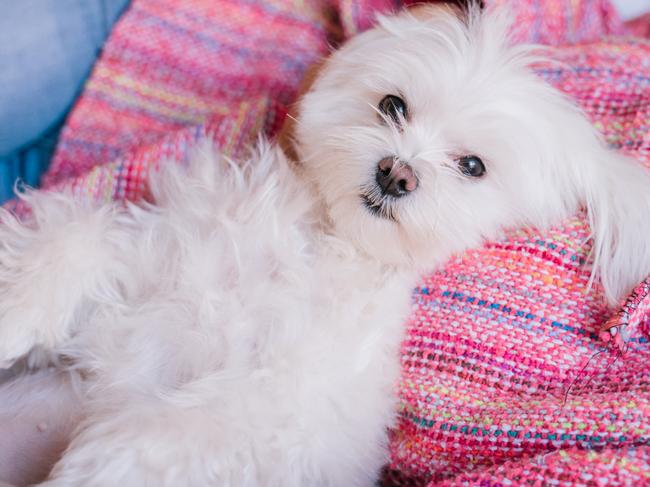
But unless more is done it won’t be long before many pet owners won’t be able to access vets in the bush — as practices close — or afford one in the cities.
Dr Leigh Davidson who runs the online telemedicine service Your Vet Online said many vets who take their own lives have a diagnosable mental health disorder.
She said many practitioners are high achievers, perfectionists and struggle when things go wrong.
“There is a real culture of poor management and bullying. We legally have an on call requirement, that means vets have to be on call 24/7 and this is a real problem in rural and regional areas where there are no after-hours services,” she said.
Many new graduates are quitting the profession after just one or two years.
Vet students graduate with HECS debt of around $100,000 while those paying full fees have a $280,000 bill.
However, the award wage for a first year vet is just $52,080, the median income in the profession is just $84,000 a year and more than eight in 10 vets earn less than $140,000.
This is around a third of the pay of a general practitioner, compares with the $70,000 first year teaching salary and mirrors the $26-an-hour rate earned by a barista.
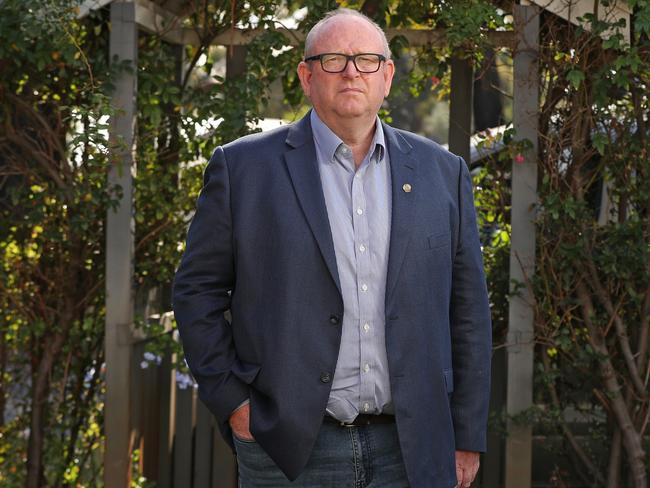
Vets also have to purchase hundreds of medications and expensive equipment to run a practice — an MRI machine costs one million dollars, an ultrasound machine costs $380,000. Then there is indemnity insurance.
It can cost $1200 to diagnose a dog’s broken leg and up to $10,000 to treat a pet that needs to be hospitalised for a week.
There is no Medicare-type system for treating animals, pet insurance is the only feasible option — and it can be pricey.
Veterinarians are increasingly subject to personal and social media abuse from clients with one young vet recently pilloried after she euthanased a dog bitten by a snake because the owner could not afford the $2000 antivenene.
“They don’t want to put the dog down, they want to save the dog, that’s what they trained for, they’re empathetic, caring, clinicians and yet they have a business to run they can’t take a loss of $2000 on a case without affecting the business, they’d go they go broke,” Mr Vale said.
“The community, and the government need to finally wake up — do they want a viable healthy veterinary industry because at the moment it’s not sustainable.”
West Australian vet Brian McErlean previously ran a state government sponsored Suicide Prevention Program after three of his vet colleagues took their own lives.
“One was bipolar. The other had a cancer, and the third one had financial failure, bankruptcy,” he said.
‘WHAT SHOULD THEN SHOOT THE COW?’
Veterinarian Jasmin Klocker has seen five colleagues take their lives in the last 15 years — and tragically her husband was one of them.
“Obviously, there is not one incident that makes somebody take their own life, there’s a whole lot of events that lead to this, and the pressures of the job definitely don’t help,” she said.
“Yes, we had had a period of having quite a hard time.”
The pressures have now become so great, the mother of four has closed one of her three practices in the New South Wales Hunter Valley and is looking at selling a second.
She cannot get staff despite advertising for more than 18 months.
“There is not another clinic down the road; this will leave yet another community without a large animal service and will stretch the next vet 40-60 minutes away to the brink of insanity also as they try to pick up the slack without enough staff to do so,” she said.
Dr Klocker puts in a 60 hour week, is on call six nights a fortnight and works every second weekend.
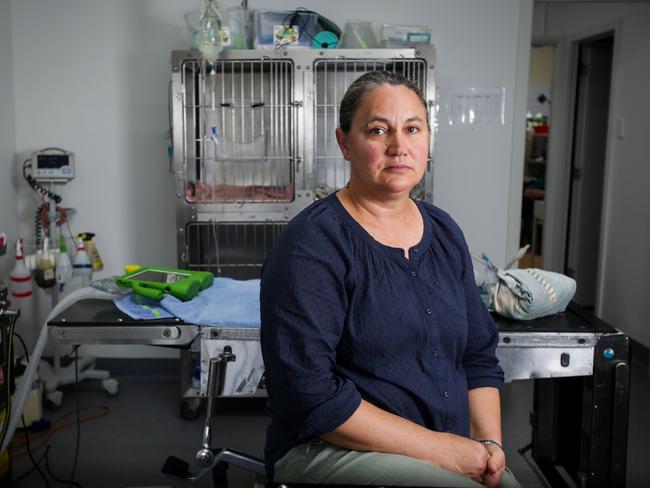
“I finish things like paying wages at midnight, the last time we had a holiday was three years ago just due to not being able to fill the staffing situation,” she told News Corp.
When one her daughters expressed a desire to become a vet, Dr Klocker tried to dissuade her.
“I find it hard to recommend it as a job that you would hope a young person would go into, because there are just so many challenges,” she said.
“We’re in a position now where all of the other vet clinics within about 100 kilometre radius of us in a southerly direction are no longer doing any after-hours work so we’re getting ten to 15 phone calls a night it’s just not sustainable,” she said.
Two weeks ago she had a phone call from a farmer living an hour and 20 minutes away, whose cow was having difficulty birthing.
Even though there were five other vet clinics closer to him, they’d all stopped offering after hours work.
“I just had to say to him, we’re only taking our own clients after hours, we can’t get to you,” she said.
“The conversation ended with him saying to me: what should I do then shoot the cow?”
She told him what she would do if she were there and urged him to seek help from nearby farmers.
“I think we need at a government level to somehow intervene because otherwise there will be large areas of the country that will not have veterinary service in a short period of time,” she said.
‘PET OWNERS NEED TO RESPECT US’
Ben Tett worked 60 days without a break when the 2020 bushfires razed his local town.
It was punishing work that saw the vet from Cobargo, New South Wales, spend weeks relentlessly euthanasing injured animals.
The ordeal tested the mental strength of the 30 year old who got into veterinary science because he loved “communicating with animals and humans and making them happy”.
“Events like that don’t go on forever and I think for that period was a matter of understanding that and knowing that the negative time will come to an end, and we’ll get back to back to normal practice or doing positive things,” he said.
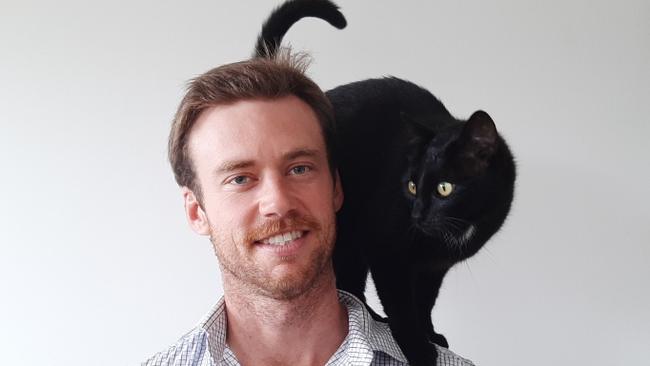
Through those times, Dr Tett learned that a vet’s job is about more than just animal care — they play an important role in the mental health care of isolated farmers too.
The mobile veterinarian works 70-80 hours a week and is often still up doing administration work at midnight.
“Last night at dinner with my family I realised that it’s been months since I’ve been more than 24 hours at home,” he said.
“I certainly have had a lot of guilt, being placed on the price that is paid for quality care,” he said.
Two of Dr Tett’s university colleagues took their own lives while at university so he understands the pressures facing the profession.
“I’m fortunate to have a really good support network, including my partner Mary who’s a vet nurse as well. She’s … a backbone to me as a person in the business,” he said.
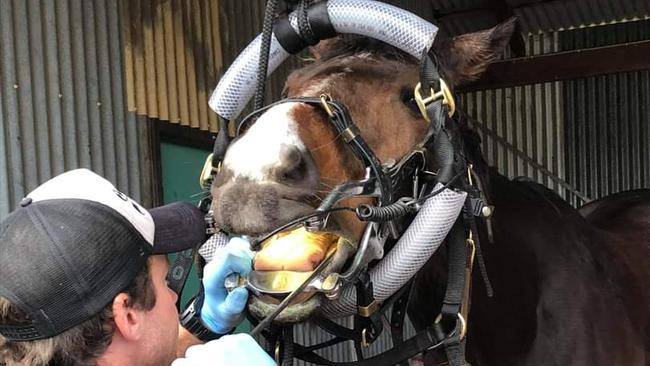
He said the key to tackling the problems in the profession is for the public to show respect for practitioners and to set clear boundaries about work hours.
Dr Tett has a rule to take Sunday’s off routine work to preserve his mental health and has a two strike rule which sees him drops clients who repeatedly ask him to work on these days or pressure him in other ways.
“We need to educate our pet owners that we need to be respected, and it’s simply not acceptable to put us under the pressures that some owners do,” he said.
‘WE DO IT FOR THE CARE OF THE ANIMAL’
Queensland vet Dr Matt Rosen has colleagues who have abused drugs, broken down mentally and even tragically taken their own lives.
The Sunshine Coast vet runs an after-hours emergency clinic where staff can be inundated with up to 20 consults in just one shift.
With no way of handing over patients to the next worker like a doctor in a hospital might, shifts are often pushed overtime with vets and vet nurses regularly clocking up 14 hour stints. Long hours, limited staff, multiple shifts and general fatigue are just some of the overwhelming pressures veterinarians face daily.
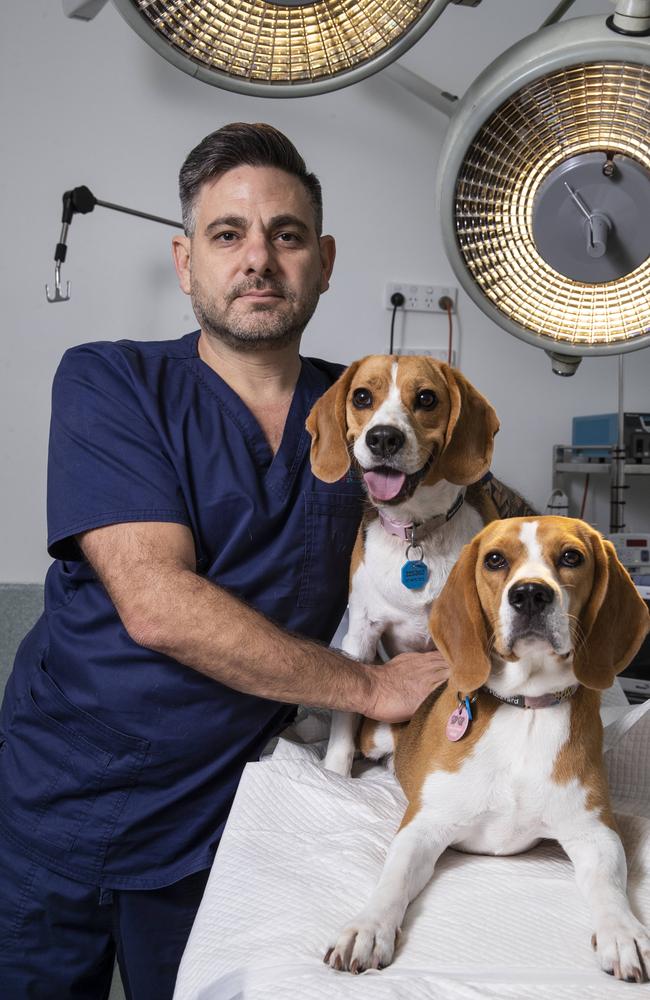
Dr Rosen said the consequences can be dire. “People are affected differently from poor social relationships from the extended shifts, (to) marriage and personal relationship breakdowns, mental health breakdowns, emotional and physical fatigue, drug abuse and very sadly even suicide,” he said.
“No one’s in the industry because they want to make money. We do it for a general care of the animal. So when we get comments saying otherwise, it hurts. That can have a profound effect on someone.
“I graduated 15 years ago and I’ve built up some resilience to manage consults but there was one last year where I walked out of the consult room shaking,” he said.
“It’s not fair that we have to be exposed to that level of hostility when we’re only trying to help.”
‘GET PET INSURANCE TO TAKE BILL PAIN AWAY’
Bills for veterinary care can shock pet owners who are used to free or massively subsidised health care under Medicare but is pet insurance worth it?
Common charges for pet arthritis can exceed $500, cancer treatment can cost up to $20,000, a broken leg $10,000-$25,000 and a snakebite between $2000 and $20,000.
The Australian Veterinary Association said many pet owners become angry when they discover the cost of quality vet care and this adds to the pressures on veterinarians.
The association is encouraging people to consider taking out pet insurance.
“We’ve got our own Vet Choice product designed by vets for their clients,” AVA president Warwick Vale said.
“If we can get an increased uptake of pet insurance I think that would help take a lot of the pain away,” he said.
The price of pet insurance varies depending on the type and age of the animal and what you are covered for.
Accident only cover on average costs around $20 a month, accident and illness cover $35-$55 per month and comprehensive cover costs over $60 per month.
If your pet is older the price can rise to nearly $80 a month for mid- range cover.
Consumer group Choice warns unlike health insurance for humans vet insurers often lock older animals out of cover and refuse to cover pre-existing conditions.
Most policies allow you to claim back amounts up to an annual limit of between $12,000 and $24,000.
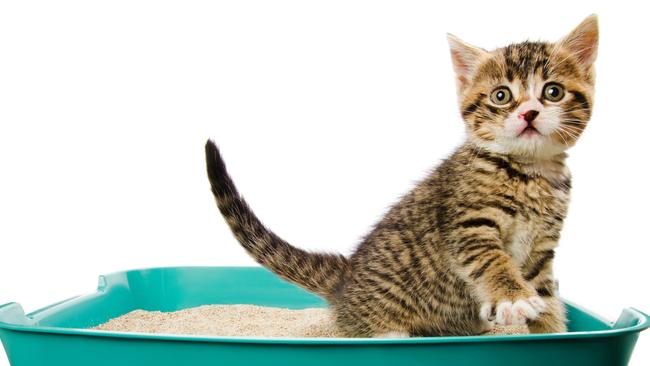
Pet insurance usually covers surgery, hospitalisation and medicines but dental care, vaccinations and preventive treatment aren’t included unless you pay extra.
Routine preventive treatments, like annual check-ups, the cost of vaccinations, desexing and parasite control, aren’t usually covered.
Many policies have an excess and can also require the pet owner to cover the first 20-30 per cent of the bill.
“If you’re shopping around to insure a pet older than nine, you’ll find yourself restricted to seniors’ products and some low-value accident-only policies,” Choice’s Daniel Graham said.
“The reason given by insurers is that this keeps premiums under control,” he said.
WHAT VETERINARIAN SUICIDE EXPERTS AND VETS WANT:
■ Government subsidised vet emergency centres for lower socio-economic groups like age pensioners.
■ Lowering the cost of veterinary courses at university and increasing the number of graduates.
■ The introduction of a bond scheme where veterinary graduates who work in rural and regional communities have their HECS fees waived.
■ A change to rules that require vets who qualified overseas to pass an exam before they can practice here.
■ Increasing the award rate of pay ($52,080 per annum for a graduate).
■ Changing the workplace culture to ease long working hours and make the veterinary industry a healthier place for veterinarians to work in.
■ Encouraging pet insurance as the best way to help people cover the high costs of vet care.
■ Establishing a telephone number vets can call when they are so short-staffed that they can no longer cope and a pool of veterinary locums who can be placed in positions where the situation is becoming dire.
■ Delivering clear advice for those who fear a vet they know is suicidal: act immediately, get them to hospital, don’t leave them on their own, change the combination lock on the medicines safe, take the keys of the practice away from them.
■ Supporting the Love Your Pet Love Your Vet charity, which aims to raise awareness of the suicide problem and increase wellbeing in the veterinary industry. Founded by Psychologist Dr Nadine Hamilton, who spent over six years researching veterinarian wellbeing.
IF YOU NEED HELP PLEASE CALL:
Lifeline Australia – 13 11 14 available 24/7
Text 0477 13 11 14
Chat online lifelife.org.au 7pm-midnight
Text 0477 13 11 14
Kids Helpline 1800 55 1800
Beyond Blue – 1300 224 636 24/7




